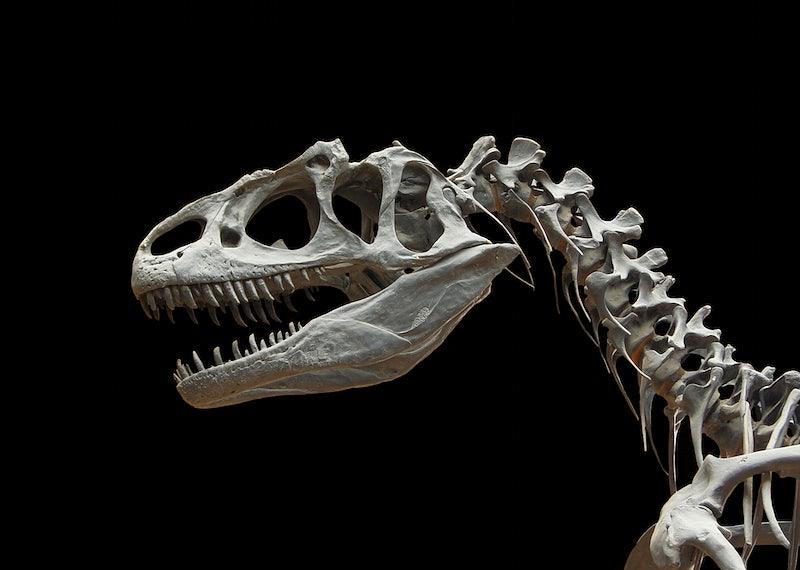
This hands-on lesson engages students by having them give each other instructions to complete a task. They read about coding and code for a Sphero bot to navigate a course using math to calculate

This engaging lesson is an introductory lesson regarding the size and scale of the Universe and objects within. This was designed for high school Astronomy but is easily useable with ages down through

This is the second part of a fun introduction to engineering. In this lesson, students will create a board game with recycled materials based on a story they have made. Link to 1st lesson and helpful

This is the first part a fun beginning introduction to engineering. In this lesson, students will create a board game with recycled material based on a story they have made. Links to the 2nd lesson

In this engaging lesson, students determine the period of rotation for the flying pig toy using formulas derived throughout the circular motion unit.

This two-part lesson models STEM instruction in the context of an ELD classroom. In part 1 (this lesson), the goal is to promote scientific academic discourse in an ELD classroom. Students use a

In this physics lesson, students carry out a lab activity to determine Hooke's Law and investigate spring constants.

By 2028, NASA plans to send a mission to Mars to retrieve samples collected by rovers and return to Earth. Student teams are challenged to build a rover and design a way to retrieve as much cargo as

Students will read the book "If You Give a Mouse a Cookie". Students will be able to retell the story through coding. Students will place the different items throughout the board that the mouse

Students will design paper gliders to develop an understanding of the principles of flight. This is a low-tech lesson that does not require extensive/expensive supplies. It can be scaled up or down

2nd grade students will work collaboratively to describe, illustrate, and communicate their understanding of the states of matter involving liquids, solids, and gases. The lesson includes extension

This is the 2nd lesson in a series of 2. Day 2 - The students are challenged to conduct design-controlled experiments to identify the substances responsible for the observed chemical and physical

This is the 1st lesson in a series of 2. Day 1 - The purpose of this inquiry-based demonstration is to have students make observations about the changes that occur when several substances are mixed

This lesson is a STEM performance task after the students learn how solar power and solar panels work. Students draw attention to solar energy, as it is not only helpful with our power systems but can

In this health-related lesson, students will understand the significance of handwashing, be familiar with the proper handwashing techniques, and recognize the positive impact it has on personal and

In this engaging lesson, students use their knowledge from the 2 previous lessons to design, draw blueprints, and build a load bearing bridge. Link to view all lessons is included!

In this engaging lesson, students explore different types of bridges and then practice building them with K'Nex sets. This is the 1st lesson in a series of 3. Link to view all lessons and helpful

Students will follow the Engineering Design Process to create a hoop glider out of straws and index cards and explore the forces of flight. Students will work on the 4Cs skills as they work together

Students will follow the Engineering Design Process to create a hoop glider out of straws and index cards and explore the forces of flight. Students will work on the 4Cs skills as they work together

Students will follow the Engineering Design Process to create a hoop glider out of straws and index cards and explore the forces of flight. Students will work on the 4Cs skills as they work together

Students will follow the Engineering Design Process to create a hoop glider out of straws and index cards and explore the forces of flight. Students will work on the 4Cs skills as they work together

In this hands-on lesson, students explore designing bridge prototypes with spaghetti to find weak points and redesign a new prototype. This is the 2nd lesson in a series of 3.

In this lesson, students will learn about a variety of fossils and graph what they have learned. Students will also research about a dinosaur of their choosing and write about it.

Students work in groups of 2-3 and use Bee-Bot robots to practice using a map key and symbol cards to program the Bee-Bot to find locations on a map. Students program, test, and modify their algorithm
